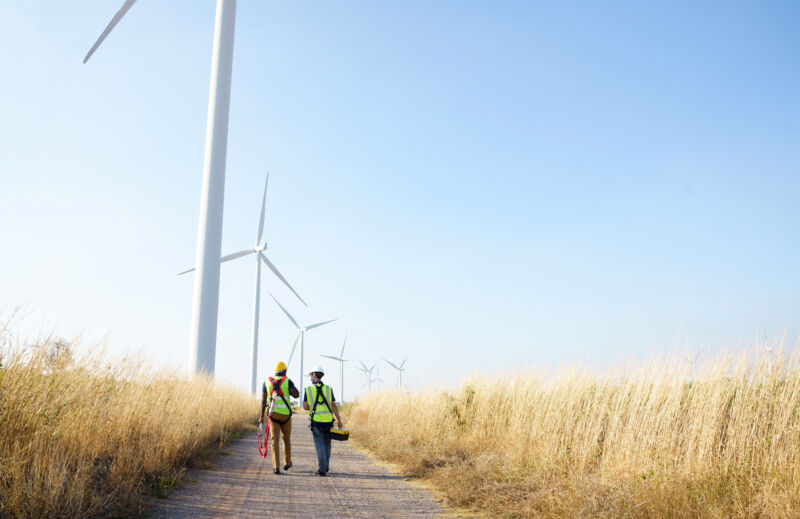Renewable energy is now cheap—what’s next?

Enlarge (credit: wera Rodsawang)
A decade ago, our present renewable energy situation was unimaginable. Most projections had wind and solar as niche players on the electric grid due to their relatively high cost. In the US, the reality is anything but. Combined, wind and solar have now passed coal; throw in hydro, and they've passed nuclear, too. In most areas of the country, they're now far and away the cheapest means to generate electricity; the same holds true for most locations around the world.
Despite the changed economics, most countries have fallen behind on their climate pledges, and fossil fuels aren't being pushed off the grid fast enough to get us back on track. While the entire globe is suffering the consequences of climate change, the factors that are keeping renewables from reaching their full potential vary from country to country. What should we be doing to get past these roadblocks?
Today, I'll be at the United Nations with the chance to get some answers to that question. The UN, as part of its General Assembly meeting, is hosting a series of events called Climate Week, which includes a Sustainable Development Goals Summit. Associated with that will be a series of talks and panels on relevant topics. I'll be hosting one called "Clean Energy Trends to Power the World" at 2:25 pm ET.